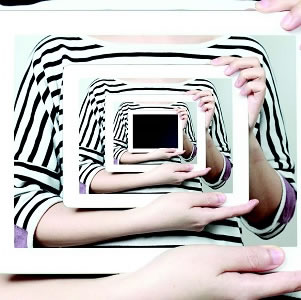How the ‘Internet of Things’ will transform law practice
Promoted by

As billions of devices connect over the internet, the potential for firms to access and analyse data is rapidly expanding.


As billions of devices connect over the internet, the potential for firms to access and analyse data is rapidly expanding.
THE INTERNET of Things (IoT), sometimes referred to as the Internet of Everything, is on the horizon and with it comes greater intelligence that will revolutionise the way we live and do business. Driven by advances in mobile technology and the “bring your own device” (BYOD) trend, Cisco estimated that in 2013 approximately 10 billion objects were connected to the Internet, putting us squarely in the age of the Internet of Things. (Source: Cisco IBSG, 2013)
If its power is harnessed meaningfully, the IoT could result in significant competitive advantages for those willing to take the plunge and invest in its technology. There’s certainly a lot of excitement around its future potential – where will it add value to the legal industry?
The IoT also introduces what might be termed the Internet of Law. This describes a concept where some measures of law enforcement are integrated with autonomous systems. A great example would be the integration of a breath test into a car ignition switch, which would disable a vehicle if the driver’s blood alcohol level exceeded the legal limit.
Connectivity to a multitude of information and data sources will provide lawyers with instant, real-time access to valuable data, supporting the ability to represent and solve clients’ issues quickly and efficiently. Automation of administration systems and tasks will also allow lawyers to spend more time on cases rather than time consuming paperwork.
Just as emails, instant messages and social media posts are playing a role in legal litigation, the IoT will transform legal practice. For example, if a party injured in a car accident claimed the inability to walk as a result of his injury, data collected by a fitness app on their mobile phone could be used as evidence that they walk at least five kilometres a day.
GPS data on the mobile phone could also be used to establish the speed of the driver’s vehicle at the time of an accident, which could be very helpful in determining liability. All of this may sound futuristic but with the number of objects connected to the IoT indefatigably increasing, the day is surely coming when data gleaned from the IoT will become relevant to all businesses, including the legal profession.
This month, Konica Minolta’s insight article ‘The Genius of Things’ attempts to cut through the hype by taking a critical look at what it all means – and what it means for business in particular.